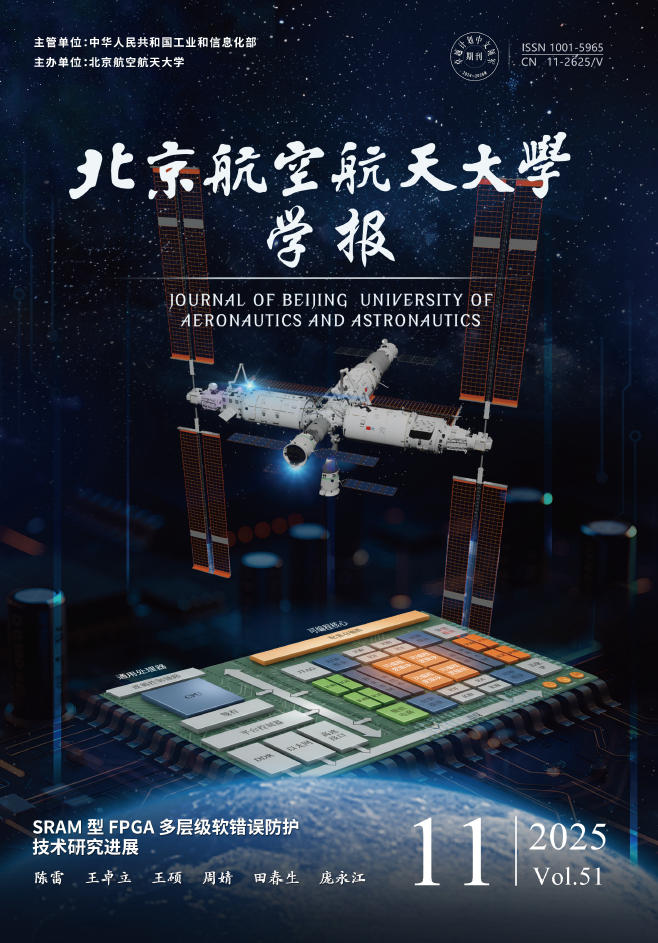2010 Vol. 36, No. 11
2010, 36(11): 1281-1285.
Abstract:
2010, 36(11): 1299-1302.
Abstract:
2010, 36(11): 1303-1306.
Abstract:
2010, 36(11): 1311-1314.
Abstract:
2010, 36(11): 1315-1319.
Abstract:
2010, 36(11): 1320-1324.
Abstract:
2010, 36(11): 1325-1329.
Abstract:
2010, 36(11): 1335-1338.
Abstract:
2010, 36(11): 1343-1347.
Abstract:
2010, 36(11): 1353-1357.
Abstract:
2010, 36(11): 1358-1364.
Abstract:







 XML Online Production Platform
XML Online Production Platform

